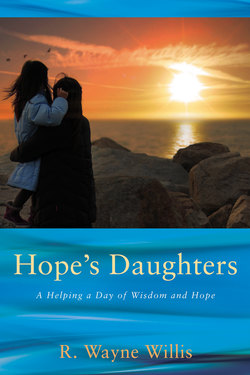Читать книгу Hope’s Daughters - R. Wayne Willis - Страница 33
January 26
ОглавлениеA goat resides at Kinderdijk in The Netherlands.
Kinderdijk is home to the largest concentration of windmills in the world, some of them 250 years old. Industrious, courageous Dutch men and women created a system of dikes, windmills, and canals that successfully reclaimed land from the North Sea, enabling their families to live safely—of all places—below sea level.
At the entrance to this quaint village now stands a brass goat. It balances on one hoof atop a haystack rising out of a canal. The village people chose that sculpture to symbolize their forebears’ victory over the cold and threatening North Sea.
Why a goat? I am told by people who raise sheep and goats that three characteristics of a goat make that symbol make sense. One, goats tend to be independent and headstrong. Goats have a mind of their own while sheep, by contrast, do not like separation from their flock. Two, goats like to take the high ground and move uphill in search of food, while sheep are content to graze, heads down, in a pasture. Three, a goat’s tail turns up, while a sheep’s tail turns down.
Our time is out of joint. Many Americans have mortgages that are “under water”—they owe more on their house than the house is worth. Hurricanes and storms the last few years have flooded many homes located well above the one-hundred-year flood plain. Those homeowners had no reason to think there was a good reason to carry flood insurance.
When will lifting ourselves out of the economic tsunami that hit this country be over? No one knows.
Remember the indomitable spirits of our foremothers and forefathers who kept overcoming humongous obstacles to improve this country. Remember the Dutch who keep on reclaiming Kinderdijk from the sea.
Remember the hope goat.
